November 14, 2024 | 14:26 GMT +7
November 14, 2024 | 14:26 GMT +7
Hotline: 0913.378.918
November 14, 2024 | 14:26 GMT +7
Hotline: 0913.378.918
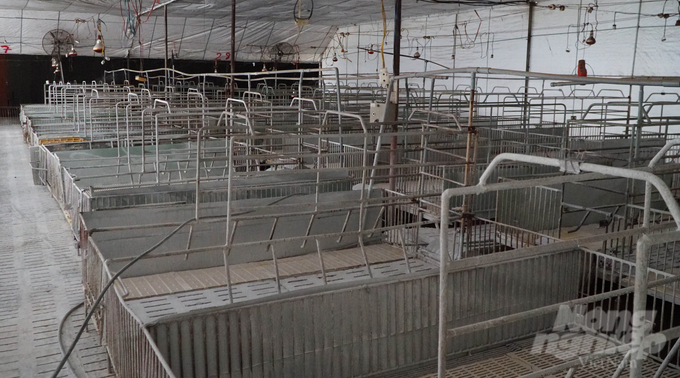
Many pig farms in Tay Ninh were left empty-handed when African swine fever swept through in 2019. Photo: Le Binh.
Nguyen Van Thanh (Ninh Dien commune, Chau Thanh district) just restored his pig herd recently. He raises 35 pigs to serve the year-end market. Like every year, this batch of pigs will decide whether his family will “have Tet” or not. If the pigs grow well and fetch a good price, his family will have some spare money to prepare, or else Tet will be much less enjoyable.
That reality has happened many times to Thanh's family, especially in 2020 when African swine fever struck. His farm was forced to discard all 42 pigs due to the impact of African swine fever. Money for piglets, feed, medicine and many other investments were all lost along with the pigs. The outbreak happened so quickly that other pig farmers like Thanh could not react in time.
“From the time the pigs showed symptoms of the disease until they were discarded, everything happened so fast that we were helpless and could do nothing. The government provided some support, but it was not enough. We were left empty-handed, everything was swept away like a tornado,” Thanh said, bewildered.
Like Thanh, many pig farmers have suffered a total loss after the African swine fever outbreak. The epidemic has taught farmers a lesson, whether they will gain or lose everything depends on how they are negligent in dealing with the disease. Small-scale pig farmers now pay extra attention to vaccination, sanitation, disinfection, and sterilization of their barns.
Nguyen Van Thuy (Ward 4, Duong Minh Chau town) has raised pigs for many years. At its peak, his pig farm had up to 120 sows giving birth to piglets to raise and then slaughter. Thuy pays great attention to vaccination and barn hygiene, so his pigs rarely get sick.
“I vaccinate the pigs regularly since I closely follow the schedule of the district Animal Health Station. My family also pays attention to isolating the risk factors of disease transmission. We cannot ignore them. I also clean the barns 3 times a day to avoid any harm to the pigs’ health conditions,” he said.
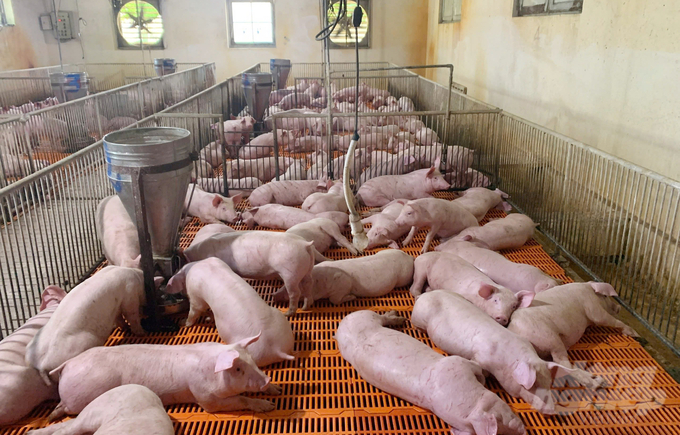
Tay Ninh's total pig herd is nearly 400,000, so effective prevention of African swine fever plays a vital role in the province’s livestock industry and stabilizes the market. Photo: Le Binh.
Tay Ninh has not recorded any African swine fever in the area since 2023, but some neighboring provinces have recorded outbreaks. This province’s livestock and animal health sector always has its eyes on this dangerous disease.
Back in 2019, Tay Ninh detected the epidemic in 78/95 communes, wards and towns, forcing the elimination of more than 32,800 pigs. In 2020, there were 2 outbreaks, and the number of infected and destroyed pigs was 26. In 2021, there were 41 outbreaks, and more than 4,700 pigs were discarded. As for 2022, there were 19 outbreaks with 501 pigs discarded. The provincial People's Committee has brought out support with a total budget of nearly VND 60 billion for pig farmers whose pigs were discarded.
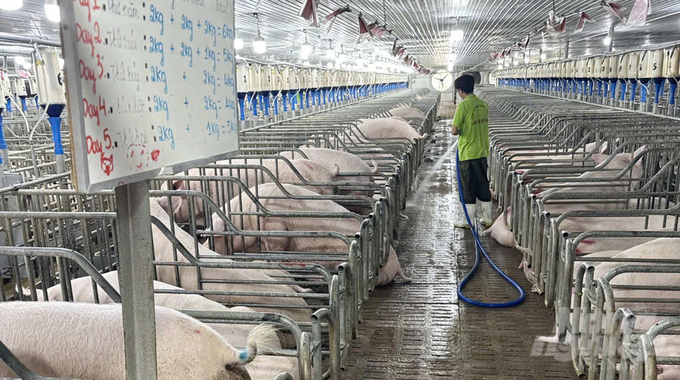
Biosecurity and vaccination are effective measures to stop African swine fever from harming farmers’ pig farms. Photo: Le Binh.
Now the African swine fever situation in Vietnam is on an unpredictable pattern. The risk of African swine fever in Tay Ninh is very high. This severely affects the pig farming industry and reduces the number of herds and pork output of the province, hence massive financial losses.
Considering this situation, Tay Ninh Department of Agriculture and Rural Development has directed the Sub-Department of Livestock Production and Animal Health to strengthen supervision and advise farmers to stay vigilant when monitoring the household’s farming environment.
At the beginning of the year, the Department of Agriculture and Rural Development issued a plan to prevent African swine fever in the province. Accordingly, the provinces have used 4,000 doses of African swine fever vaccines this year.
“Apart from household livestock farmers who receive free vaccination, we also encourage farmers to perform vaccination by themselves, apply biosecurity measures, disinfect barns, and limit entry and exit to livestock facilities,” said Nguyen Dinh Xuan, Director of Tay Ninh Department of Agriculture and Rural Development.
Local livestock production and animal health stations should promote the application of sustainable disease prevention and control measures so farmers can proactively deal with epidemics. The main recommended measures are biosafe livestock farming to minimize and eliminate pathogens from outside. Livestock owners also need to detect risks and pathogens at an early stage to promptly apply disease prevention and control measures.
Translated by Samuel Pham
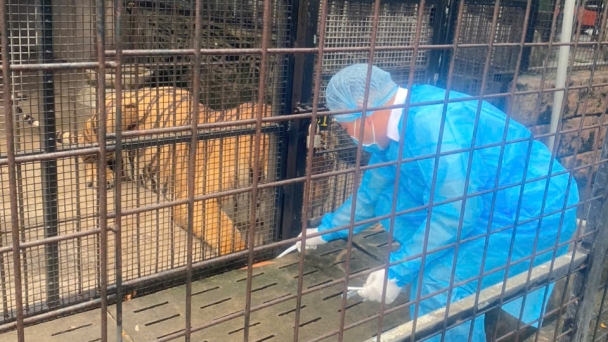
(VAN) The deaths of tigers, leopards, and lions due to A/H5N1 at the Vuon Xoai Ecotourism Area and My Quynh Safari forces Dong Nai's veterinary sector to change its response strategy.
![Global Blue Carbon Potential - Lessons for Vietnam: [III] Redistribution of blue carbon wealth](https://t.ex-cdn.com/nongnghiep.vn/608w/files/linhnhp/2024/11/12/2544-car1-nongnghiep-182540.jpg)
(VAN) Each ton of carbon sequestered holds the same value globally, meaning that the global ranking of each country's contribution to blue carbon wealth is directly aligned with its carbon sequestration potential.

(VAN) Analysts said the result was in line with widespread interest in the structures that allow investors to put a price on emissions.
![Global Blue Carbon Potential - Lessons for Vietnam: [II] The potential of coastal carbon sequestration by country](https://t.ex-cdn.com/nongnghiep.vn/608w/files/linhnhp/2024/11/12/1514-car2-nongnghiep-181504.jpg)
(VAN) The carbon sequestration and storage potential blue carbon ecosystems averages 24 million tons/year for mangroves, 13 million tons/year for salt marshes, and 43 million tons/year for seagrass meadows, totaling over 80 million tons/year.
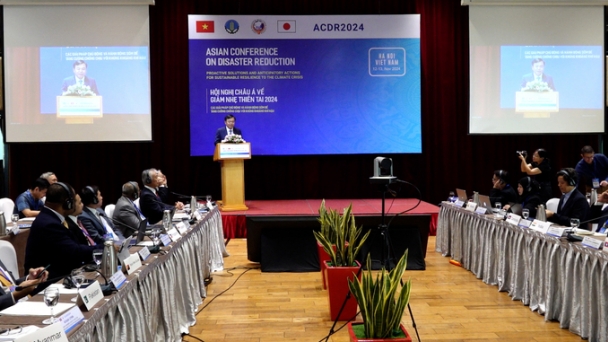
(VAN) The exchange of scientific knowledge and advanced technologies can assist countries in the development of innovative solutions that mitigate disaster risks.
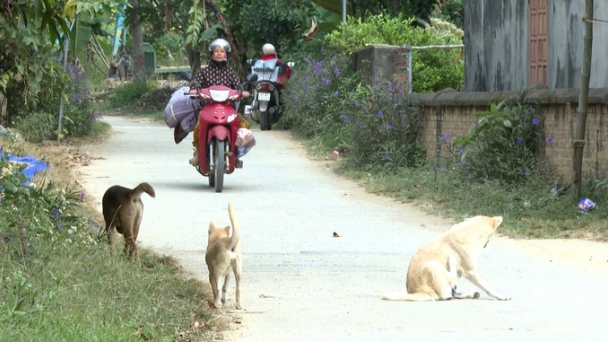
(VAN) Since the start of 2024, there have been several rabies outbreaks in Bac Kan province, but the scene of dogs and cats roaming free is still common.